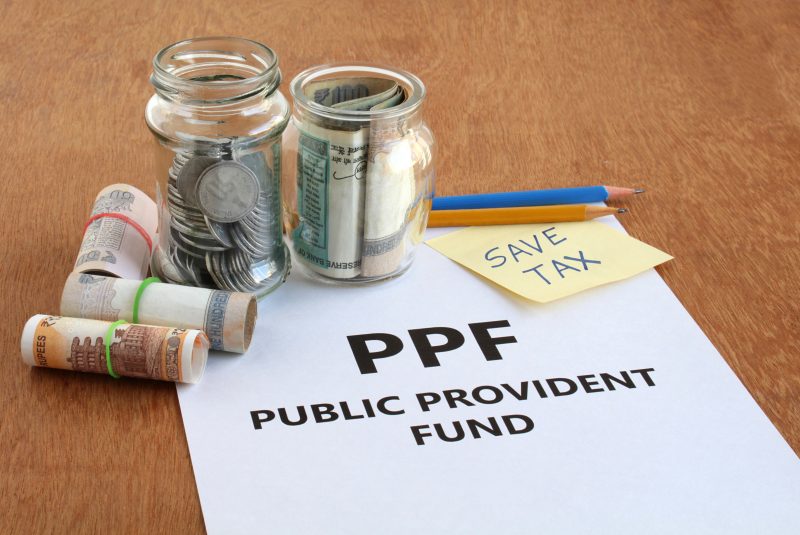Back in the year 2004, the price of gold was Rs 5,850 per 10 grams, and now in 2019, it has touched Rs 39,400 per 10 grams. The cost of gold has grown by nearly 6.7 times in the said duration. If a person had purchased 100 grams of gold in the year 2004 at Rs 585 per gram, then today, the same is of worth Rs 3,94,000.
The above calculation shows that the person has gained a whopping Rs 3,35,500 by just holding on to the gold he purchased. You need to note that there is no interest earned; it is pure capital appreciation over time. If you consider there is an annual interest of 2.5%, then the person would have made an additional Rs 21,937 as interest.
However, holding physical gold does not offer you the luxury of earning interest. If you are to earn interest by investing in gold, then it is possible only by investing in the Gold Monetisation Scheme (GMS), which offers interest for investors (both institutional and individual) on their holdings.
On the occasion of Dhanteras, many Indians would be looking to buy gold as a part of their traditions. Well, this time you can invest in the GMS maybe. Let’s understand what GMS is all about:
The Government of India initiated the Gold Monetisation Scheme (GMS). Under this scheme, investors would deposit their gold to earn annual interest. The minimum amount of gold that one should invest in 30 grams while there is no capping on that. You can invest gold coins, bars, coins, and jewellery (excluding other metals and stones).
Also Read: Invest in Gold and Diversify Your Portfolio to Mitigate Market Volatility
Authorised banks accept the gold deposits on behalf of the Government of India. The banks are also responsible for deciding the rate of interest. You can deposit your gold towards GMS at all government authorised centres referred to as the Collection and Purity Testing Centre (CPTC).
The Reserve Bank of India issued a circular this year, which directs the scheduled commercial banks, except for the regional rural banks, to deposit gold accepted towards the GMS at the CPTC. Banks are allowed to collect gold from the public at their respective branches.
The CPTC would test for the purity of gold. It issues investors with a certificate stating the amount of gold deposited with the bank. Investors are to carry the certificate to a bank branch to create a gold deposit account under the GMS. The certificate and account depict the quantity of gold that an investor has deposited with the bank.
The GMS deposits are interpreted as fixed or term deposits. The investors are allowed to redeem their investment at the prevailing rate of gold, while the interest earned is paid out annually. The interest on the deposit is computed from the date of depositing gold with the banks.
Investing in GMS offers various benefits. The investors can earn interest of up to 2.5% per annum. Also, an investor gets the benefit of capital appreciation in the form of increased gold price. Furthermore, the interest and the capital gains earned on the deposits under GMS are tax-exempt.
For any clarifications/feedback on the topic, please contact the writer at vineeth.nc@cleartax.in
Engineer by qualification, financial writer by choice. I am always open to learning new things.





